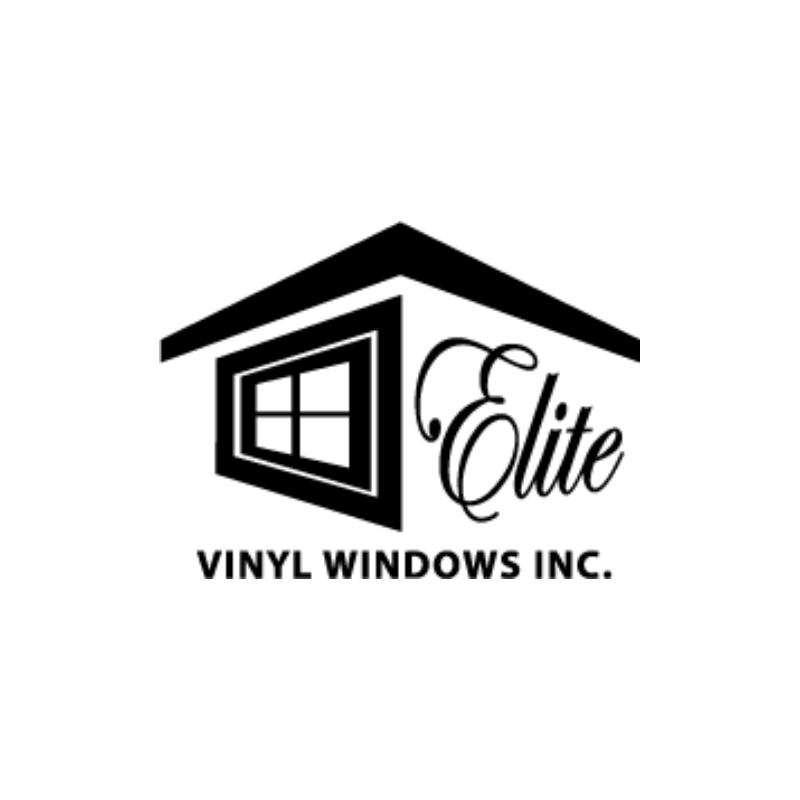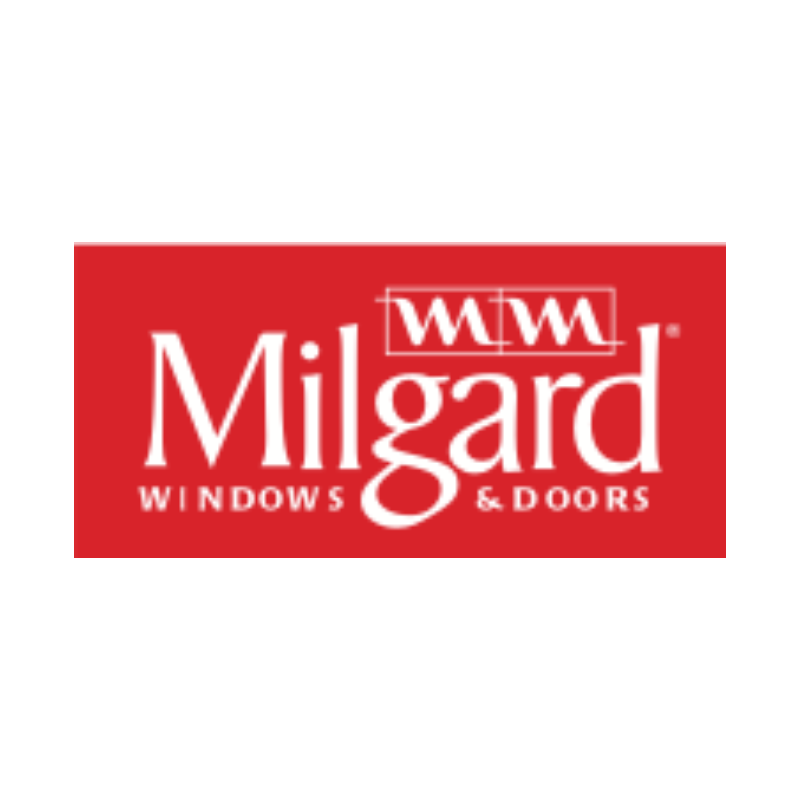Windows don’t just let light into your home. They also let hot and cool air in & out, potentially driving up your energy bills and creating unnecessary waste. With every choice you make in your window installation journey, you weigh various other factors against energy loss.
Fortunately, technology has come a long way in recent decades, offering a wider range of safe, stylish, and energy-efficient window options. Energy efficiency is also an important consideration as you set your budget, since there are many features you might include that could add to the initial sticker price. But ultimately, they save you money by reducing your energy bill.
There are two key measures to understand when comparing different windows’ energy efficiency:
U-Factor: The U-Factor indicates the thermal conductivity of your window. In other words, it indicates how much hot air escapes the feature when it’s cold outside and vice-versa. The scale generally ranges from 0.2 to 1.25: the lower the number, the better the window insulates your home.
Solar heat gain coefficient (SHGC): SHGC quantifies the amount of solar energy the window lets in. You may want a higher SHGC if you’re more concerned about allowing the sun to heat up your home in the winter, and a lower one if maintaining cool indoor temperatures in a hot climate is the priority.






